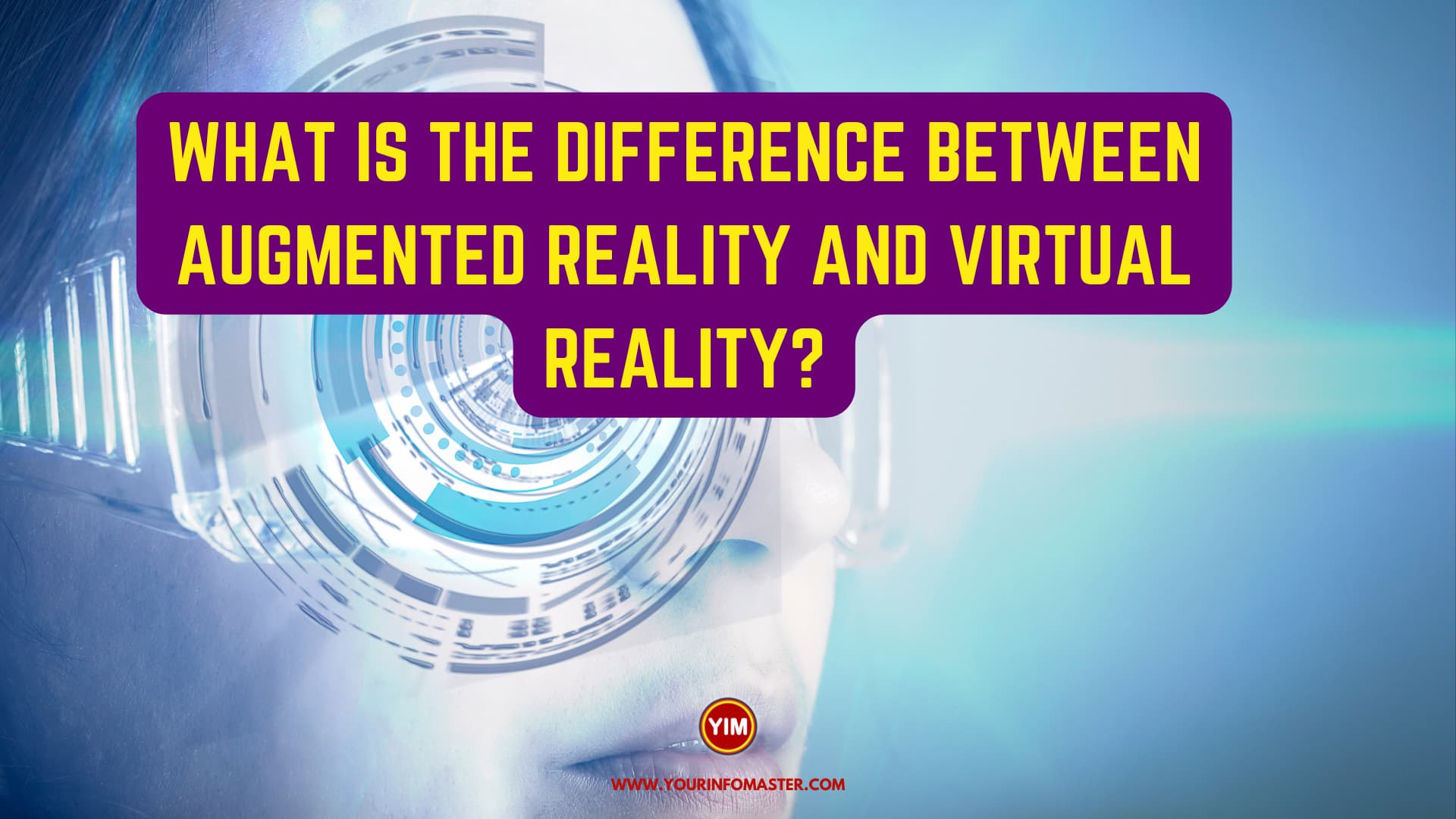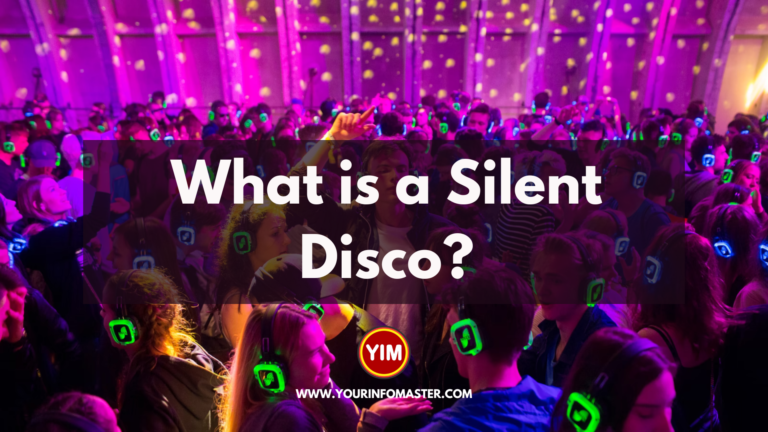I am going to explain the blog post “What is the difference between Augmented Reality and Virtual Reality?“
What is the difference between Augmented Reality and Virtual Reality? This question often pops up in conversations surrounding immersive technologies. Both Augmented Reality (AR) and Virtual Reality (VR) offer unique experiences, but they operate on distinct principles.
Understanding their disparities can shed light on their potential applications. In this article, we will delve into the dissimilarities between AR and VR, exploring their functionalities, applications, and impact on various industries.
Check also: What is the difference between Pfizer and Moderna?
5 Differences Between Augmented Reality and Virtual Reality
Here is a list of five fundamental differences between Augmented Reality and Virtual Reality, highlighting their key variances and usage scenarios.
List of 5 differences between Augmented Reality and Virtual Reality:
- Display Environment
- Interaction with the Real World
- Immersion and Presence
- Level of Simulated Reality
- Applications and Use Cases
Check also: What is the difference between a Copayment and Coinsurance?
Detail of 5 Differences between Augmented Reality and Virtual Reality
Here is the detail of 5 differences between Augmented Reality and Virtual Reality:
- Display Environment
- AR: Augmented Reality overlays digital content onto the real-world environment.
- VR: Virtual Reality creates a fully simulated digital environment, blocking out the physical world entirely.
- Interaction with the Real World
- AR: Users interact with the real world while having digital elements integrated into their surroundings.
- VR: Users are immersed in a virtual world and typically have limited or no interaction with the physical environment.
- Immersion and Presence
- AR: Augmented Reality provides a partially immersive experience, allowing users to maintain awareness of their surroundings.
- VR: Virtual Reality offers a highly immersive experience, transporting users to a completely virtual environment and detaching them from the real world.
- Level of Simulated Reality
- AR: Augmented Reality enhances the real world by overlaying digital information, such as 3D models, text, or images.
- VR: Virtual Reality simulates an entirely artificial environment, often using 3D graphics and interactive elements.
- Applications and Use Cases
- AR: Augmented Reality finds applications in various fields, including education, healthcare, gaming, and industrial training.
- VR: Virtual Reality is commonly used in gaming, training simulations, virtual tours, and immersive storytelling.
Check also: What is the difference between colitis and ulcerative colitis?
Conclusion
In conclusion, Augmented Reality and Virtual Reality may share the goal of enhancing human experiences, but they differ significantly in their approaches. AR enriches the real world with digital elements, enabling users to interact with their surroundings, while VR transports users to entirely immersive virtual environments.
Understanding these distinctions helps us comprehend the diverse potential and applications of these technologies in various industries.
See also: What is the difference between Depression and Clinical Depression?
If you really enjoyed the article “What is the difference between Augmented Reality and Virtual Reality?,” then I would be very grateful if you’d help it spread by emailing it to your friends or sharing it on Twitter, Instagram, or Facebook. Thank you!
Have you read “What is the Difference between Augmented Reality and Virtual Reality?“ Which of these blogs are you reading, and how is it similar to one of them?
Read More
- What is the difference between Cholesterol and Triglycerides?
- What is the difference between Subsidized and Unsubsidized Student Loans?
- What is the difference between wordpress.com and wordpress.org?
- What is the difference between Whole Life and Term Life Insurance?
- What is the difference between the i5 and i7 Processor?







